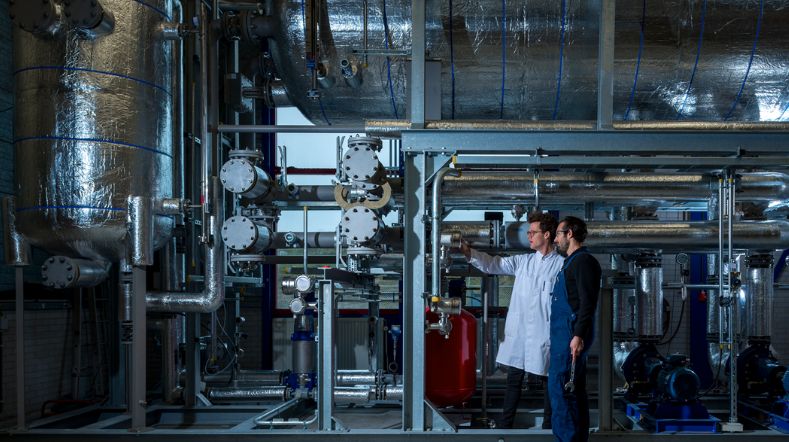
New seabed sediment map for improved North Sea management
Activities such as sand extraction, cable trenching and pipeline construction regularly churn up the top layer of the North Sea bed. And that half-metre is an important habitat for all kinds of animals and plants. The Geological Survey of the Netherlands, part of TNO, has used advanced technology to create an accurate digital map of the seabed. This map will enable public authorities and companies to make better decisions about activities in the North Sea bed.
Better decisions about shallow interventions
The North Sea is an extraordinarily busy area full of all kinds of activities. Shipping, fishing, construction and operation of wind farms, cable trenching and pipeline construction from wind farms and platforms to the coast, sand extraction, nature conservation, and military exercises compete with each other in most cases. Knowledge-based seabed management is essential if we want to facilitate all these uses in the same space or alongside each other.
By avoiding muddy or gravelly seabed sediments, damage to the natural environment can be minimised. Churned-up mud smothers nearby benthic life and ecologically valuable gravel plains recover poorly from damage.
The new seabed sediment map allows parties operating in the North Sea to make more responsible decisions on, for example, preferred locations for shallow interventions on and in the seabed. The digital map is easy to consult and incorporate into environmental impact assessments (EIAs) that precede such interventions. Among other things, this makes it possible to visualise the spread of underwater noise during disruptive activities.

“By applying artificial intelligence, we’ve captured the ratio of sand, mud, and gravel in a grid model for all 58,500 square kilometres of the Dutch North Sea bed.”
Easy to use
“This seabed sediment map replaces a 20-year-old hand-drawn map and is also many times more accurate,’ says Sytze van Heteren, marine and coastal geologist at the Geological Survey of the Netherlands. ‘By applying artificial intelligence, we’ve captured the ratio of sand, mud, and gravel in a grid model for all 58,500 square kilometres of the Dutch North Sea bed. Users can incorporate our maps into their own models and tools. They’re very accessible, available to everyone and easy to use.”
Greater accuracy
Geomodelling expert Willem Dabekaussen: “For each 100-by-100-metre block of seabed, we’ve produced a description of the expected composition, in addition to an image. Type and grain size of the sediments have been considered. For about 20,000 sites within the Dutch part of the North Sea, we have descriptions or lab measurements from which seabed type could be deduced.
With AI and smart modelling, we’ve been able to predict the composition of the area between all those points. Of course, modelling never gives 100% certainty in every place. For each section of the seabed, we’ve therefore indicated how confident we are of the predicted composition. This is very useful for identifying where additional data is needed and where you, as a user of the map, should be careful about drawing conclusions. On the old map, this distinction could not be made.”

More and improved information
“The database underlying the new map can be queried in various ways. We can use AI to quickly generate area-wide information on sand grain size, or provide a secondary map on the percentage of mud in the overall sediment. Instead of a static, handmade map, our clients can use very flexible knowledge products that better suit their needs. For example, you can find out in great detail the relationship between sediment type and the distribution of important benthic animal species. This works much better with 100-by-100-metre blocks than with hand-drawn areas of many square kilometres,” says Sytze van Heteren.
Complex calculations
By applying AI and special algorithms, the Geological Survey of the Netherlands has succeeded in visualising the upper layer of the seabed in an advanced manner.
Willem Dabekaussen: “It was quite complex to calculate this for such a large area, but we profited from state-of-the-art techniques and enormous computing power. And this is just the beginning. It’s important to note that we can quickly and cheaply adjust any seabed map created with AI after receiving new data, thus gradually making it better. In this light, we call on parties operating in the North Sea to make their data from borehole or grab samples available to us.”
View the new seabed sediment map here
The notes to the seabed sediment map provide more information on how to use the map.
Geological Map
In March, the Geological Survey of the Netherlands released the new Geological Map of the Kingdom of the Netherlands, both on paper and in PDF. This map provides a vastly improved picture for the mainland, the North Sea, and the Caribbean part of the Kingdom of the Netherlands.
Get inspired
CRM materials and processes
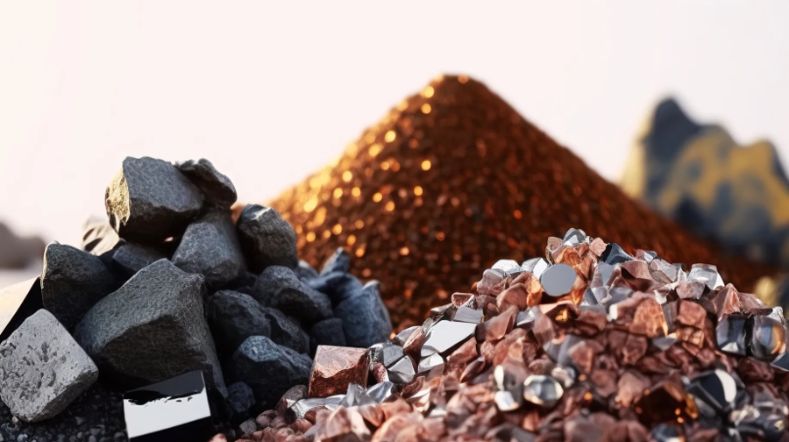

TNO–SodM–NIOZ: ‘Methane emissions in the North Sea often linked to shallow natural gas’
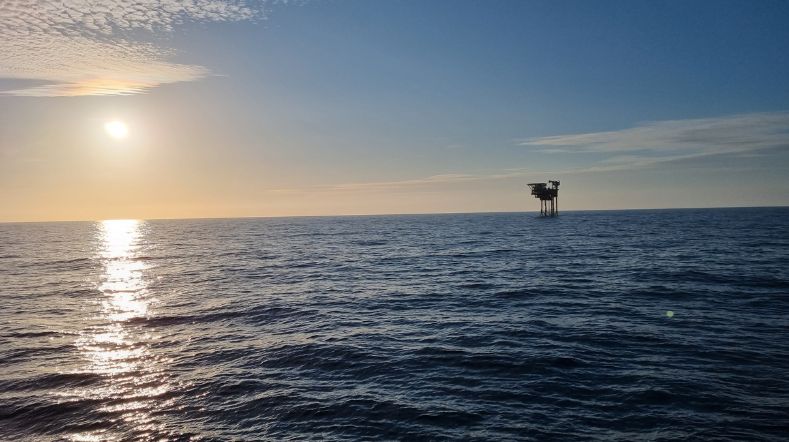

Heat
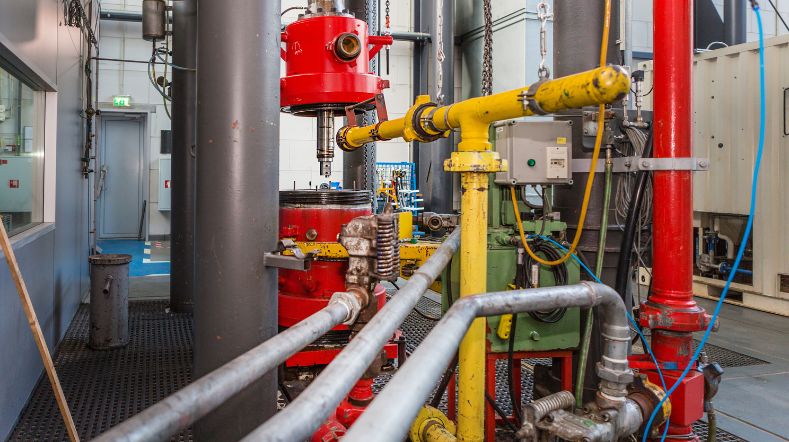

Geothermal energy: sustainable heat from the subsurface
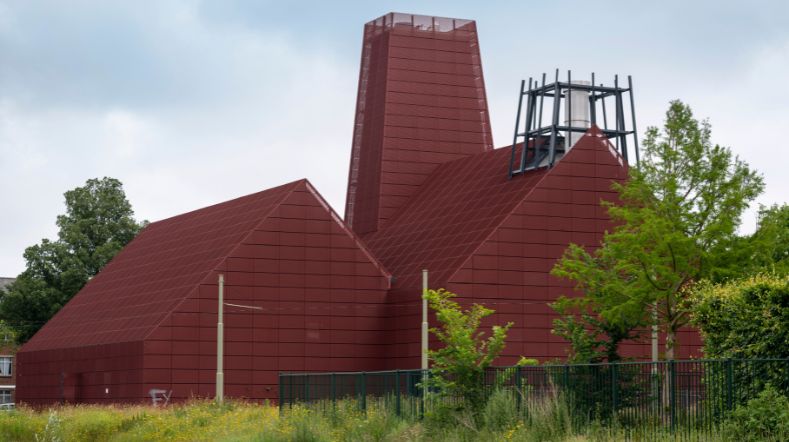

Smarter storage: how TNO optimises thermal energy storage
